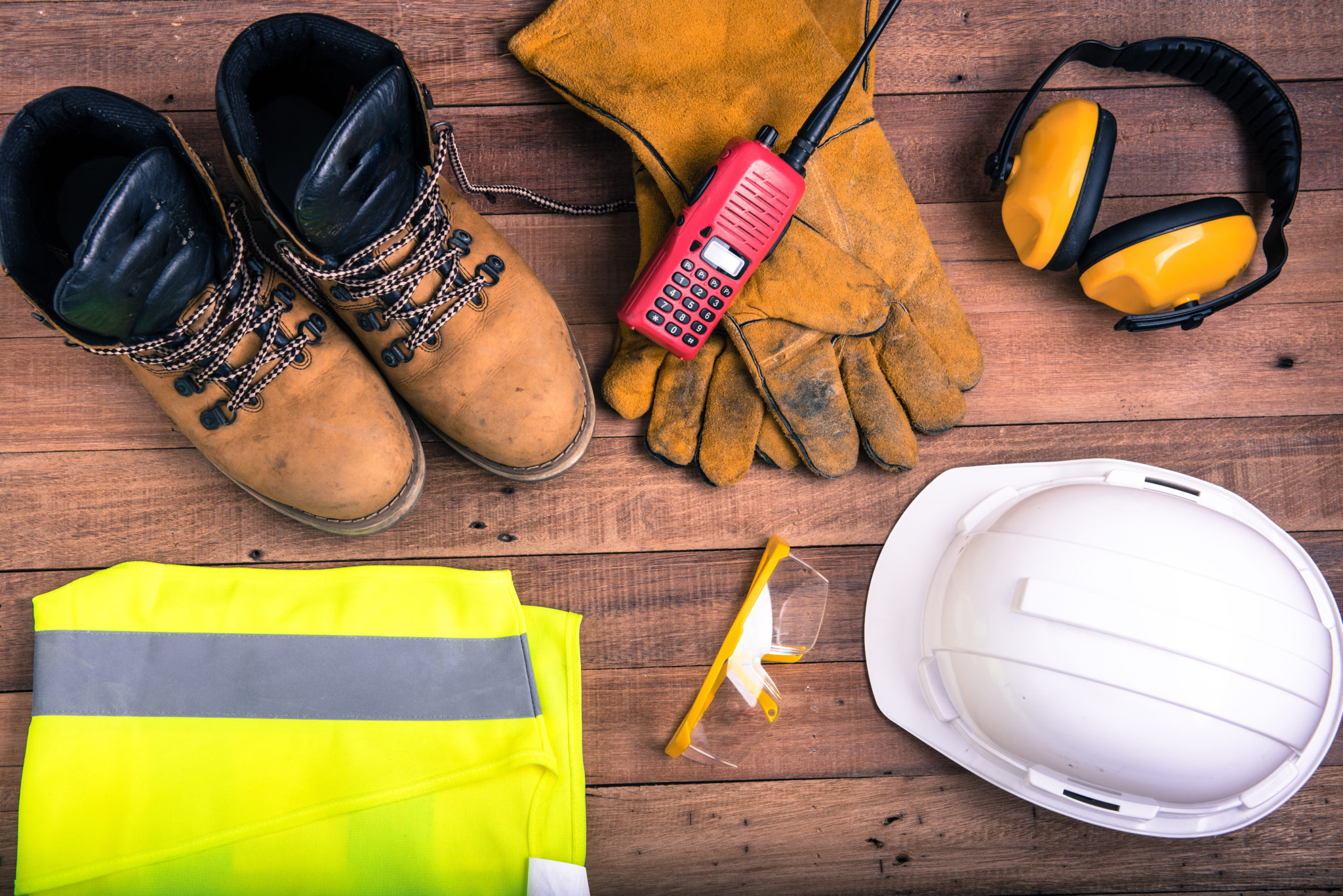Understanding At-Home Abortion Methods
At-home abortion methods refer to the options available for terminating a pregnancy without seeking medical assistance. The two main methods are medical and surgical, each with its own advantages and considerations.
Medical abortions involve using medication to induce miscarriage. This typically involves taking two different drugs, mifepristone and misoprostol, which work together to end the pregnancy. Surgical abortions, on the other hand, require a medical professional to perform a procedure to remove the fetus from the uterus.
It is important for individuals considering at-home abortion to fully understand these methods and their implications before making a decision. Consulting with healthcare professionals or reputable organizations can provide valuable guidance and support in navigating this sensitive process.
At-Home Abortion: Medical vs. Surgical Options

When considering at-home abortion, it’s important to understand the difference between medical and surgical options. Medical abortions involve using medication to induce a miscarriage, usually with a combination of mifepristone and misoprostol. This method is typically effective for pregnancies up to 10 weeks gestation. Surgical abortions, on the other hand, require a medical professional to perform a procedure to remove the fetus from the uterus. This option may be preferred for later-term pregnancies or in cases where medical abortion is not feasible or safe. Both methods have their own advantages and considerations, so it’s important to consult with healthcare professionals or reputable organizations for guidance on which option may be best for you.
At-Home Abortion Pills: How Do They Work?
At-home abortion pills, also known as medical abortion or medication abortion, are a non-invasive option for terminating a pregnancy. The two most commonly used medications for this method are mifepristone and misoprostol. Mifepristone works by blocking the hormone progesterone, which is needed to sustain a pregnancy. This causes the lining of the uterus to break down and prevents the fetus from growing. Misoprostol is then taken 24 to 48 hours later and helps to expel the contents of the uterus. It causes contractions that mimic natural labor, leading to the expulsion of the pregnancy tissue.
It’s important to follow precise dosing instructions provided by healthcare professionals or reputable organizations when using at-home abortion pills.
Safety Considerations and Precautions

When considering an at-home abortion, it is crucial to prioritize safety and take necessary precautions. Here are some key points to keep in mind:
- Seek professional guidance: Consult with a healthcare provider or reputable organization that can provide accurate information and support throughout the process.
- Follow dosing instructions: It is essential to strictly adhere to the prescribed dosing instructions provided by healthcare professionals. Taking the medications correctly ensures their effectiveness and minimizes potential risks.
- Be aware of warning signs: Educate yourself about potential complications or side effects, such as excessive bleeding or severe pain. If you experience any concerning symptoms, seek medical attention immediately.
- Have a support system: Reach out to trusted friends, family members, or organizations that can offer emotional support during this time.
Remember, prioritizing your safety is paramount when choosing an at-home abortion method.
Also Read: Transform Your Hair Routine with These Essential Tips
Ensuring Safety during At-Home Abortion
Ensuring safety during an at-home abortion is of utmost importance. Here are some key steps to follow:
- Seek professional guidance: Consult with a healthcare provider or reputable organization that can provide accurate information and support throughout the process.
- Follow dosing instructions: It is crucial to strictly adhere to the prescribed dosing instructions provided by healthcare professionals. Taking the medications correctly ensures their effectiveness and minimizes potential risks.
- Be aware of warning signs: Educate yourself about potential complications or side effects, such as excessive bleeding or severe pain. If you experience any concerning symptoms, seek medical attention immediately.
- Have a support system: Reach out to trusted friends, family members, or organizations that can offer emotional support during this time.
By following these precautions, you can prioritize your safety when choosing an at-home abortion method.
Precautions and Risks to be Aware of
When considering an at-home abortion, it’s important to be aware of potential precautions and risks. Here are a few key points to keep in mind:
- Incomplete abortion: There is a small chance of the abortion being incomplete, meaning that not all pregnancy tissue is expelled. This could require further medical intervention.
- Excessive bleeding: While some bleeding and cramping is normal during an abortion, excessive or prolonged bleeding may indicate a complication and should be addressed immediately.
- Infection: There is a risk of infection following an at-home abortion if proper hygiene measures are not followed. It’s crucial to maintain cleanliness and follow post-abortion care instructions.
- Emotional well-being: Understand that emotional reactions after an abortion can vary widely. It’s important to have a support system in place and seek counseling if needed.
By being aware of these risks and taking necessary precautions, you can help ensure the safety of your at-home abortion experience.
Legalities and Access to At-Home Abortion

In many countries, the legality and accessibility of at-home abortion vary. Some countries have laws that restrict or criminalize the use of abortion pills without medical supervision. It is important to research and understand the legal regulations in your country or region before considering an at-home abortion.
Access to at-home abortion resources can also vary. In some places, there may be restrictions on purchasing abortion pills online or obtaining them from healthcare providers. However, there are organizations and websites that provide information, support, and safe access to abortion pills for those who cannot access them through traditional channels.
It is crucial to seek out reliable sources of information and support when navigating the legalities and accessing at-home abortion options.
Legal Regulations and Restrictions
The legal regulations and restrictions surrounding at-home abortion vary across different countries and regions. It is important to understand the specific laws in your area before considering this option. In some places, there may be strict regulations or even criminalization of at-home abortion methods without medical supervision.
These laws can impact access to safe and reliable resources for obtaining abortion pills. Some countries restrict purchasing these pills online or obtaining them from healthcare providers. However, there are organizations and websites that provide information, support, and safe access to abortion pills for those who cannot access them through traditional channels.
It is crucial to research the legalities in your area and seek out reliable sources of information when considering an at-home abortion.
Accessing Support and Resources
When considering an at-home abortion, it is crucial to have access to the right support and resources. There are organizations and websites that provide valuable information, counseling, and assistance throughout the process. These resources can help answer questions, provide guidance on dosage and administration of abortion pills, and offer emotional support during this challenging time.
Some reputable organizations also offer telemedicine services or online consultations with healthcare providers who specialize in reproductive health. These services can ensure that you receive accurate medical advice, monitor your progress, and address any concerns or complications that may arise.
It’s important to seek out reliable sources of information and support when considering an at-home abortion. Take advantage of these resources to make informed decisions about your reproductive health while ensuring your safety and well-being throughout the process.
Emotional and Physical Aftercare
:max_bytes(150000):strip_icc()/GettyImages-71553706-3abdecdb7d094d109f9741cfbc414081.jpg)
After completing an at-home abortion, it is important to prioritize emotional and physical aftercare. Emotions may vary after the procedure, and it is normal to experience a range of feelings such as relief, sadness, or even guilt. Seeking emotional support from friends, family, or professional counseling services can be beneficial during this time.
In terms of physical recovery, it is essential to follow any instructions provided by healthcare professionals regarding rest and self-care. This may include avoiding strenuous activities for a certain period of time, taking prescribed medications as directed, and monitoring for any signs of complications.
Additionally, practicing self-care can aid in the healing process. This includes getting enough sleep, eating nutritious foods, staying hydrated, and engaging in activities that bring comfort and relaxation.
Remember to reach out for support when needed and give yourself time to heal both emotionally and physically.
Emotional Support and Self-Care Tips
After undergoing an at-home abortion, it is crucial to prioritize emotional well-being and self-care. Reach out for emotional support from trusted friends, family members, or professional counseling services. Share your feelings openly and seek understanding and guidance during this time of healing.
Engaging in self-care activities can also aid in the emotional recovery process. Take time to rest and relax, engage in activities that bring you joy or comfort, and practice mindfulness techniques such as deep breathing or meditation. Surround yourself with a supportive environment that promotes positivity and self-love.
Remember, everyone’s healing journey is unique, so listen to your own needs and give yourself permission to heal at your own pace.
Managing Physical Recovery Post At-Home Abortion
After undergoing an at-home abortion, it is important to prioritize your physical recovery. Rest and allow your body time to heal. You may experience cramping and bleeding for a few days or weeks after the procedure, which is normal. It is essential to follow any instructions provided by medical professionals or the medication package regarding pain management and hygiene.
To manage discomfort, over-the-counter pain relievers such as ibuprofen can be helpful. Using heating pads or taking warm baths may also alleviate cramps. However, avoid using tampons during this time to reduce the risk of infection.
If you have any concerns about your physical recovery or experience severe pain, prolonged bleeding, or signs of infection (such as fever), seek medical attention immediately.
Remember that every person’s healing process is unique, so listen to your body’s needs and take care of yourself during this time.
Alternatives and Follow-Up Options

After undergoing an at-home abortion, there are a few alternatives and follow-up options to consider. If you have any concerns about the effectiveness of the procedure or want to confirm that the abortion was successful, it is recommended to schedule a follow-up appointment with a healthcare provider. They can perform an ultrasound or blood test to ensure that the pregnancy has ended.
Additionally, it is important to explore contraception options moving forward to prevent future unintended pregnancies. There are various birth control methods available, including hormonal contraceptives (such as pills, patches, and injections), intrauterine devices (IUDs), barrier methods (like condoms), and fertility awareness-based methods.
Remember that each person’s circumstances and preferences may differ when it comes to choosing contraception. It is crucial to consult with a healthcare professional who can provide personalized guidance based on your individual needs.
Exploring Alternative Methods
Aside from at-home abortion pills, there are a few alternative methods to consider for terminating a pregnancy. These methods include herbal remedies, such as consuming certain plants or herbs believed to induce abortion, and using non-FDA approved medications. It is important to note that these alternative methods may not be safe or effective and can pose serious risks to your health. It is strongly recommended to consult with a healthcare provider before considering any alternative method. They can provide guidance on safe and legal options available in your area and ensure that you receive the necessary support and care throughout the process.
Importance of Follow-Up Care
After undergoing an at-home abortion, it is crucial to prioritize follow-up care. Even though the process is done independently, seeking medical attention post-abortion is essential for ensuring your health and well-being. Follow-up care allows healthcare providers to assess your physical recovery and address any complications that may have arisen. They can also provide guidance on contraception methods to prevent future pregnancies and offer support for emotional well-being. Remember, even if you believe everything went smoothly during the at-home abortion, it’s still important to schedule a follow-up appointment with a healthcare professional. Their expertise will help ensure that you receive proper aftercare and can address any concerns or questions you may have.
Conclusion
In conclusion, at-home abortion can be a safe and effective option for those who are unable or prefer not to access traditional healthcare settings. By understanding the different methods available, taking necessary precautions, and seeking support and resources, individuals can empower themselves to make informed decisions about their reproductive health. It is important to remember that at-home abortion should always be approached with caution and under proper guidance. Following emotional self-care tips and managing physical recovery post-abortion are crucial aspects of aftercare. Moreover, scheduling a follow-up appointment with a healthcare professional is essential for monitoring one’s well-being and addressing any concerns or complications that may arise. With the right information and support, individuals can navigate at-home abortions with confidence while prioritizing their health and well-being.
Empowering Self-Care Choices
When it comes to at-home abortion, empowering yourself with knowledge and resources is crucial. By understanding the different methods available, taking necessary precautions, and seeking support, you can make informed decisions about your reproductive health. Remember that at-home abortion should always be approached with caution and under proper guidance. Following emotional self-care tips and managing physical recovery post-abortion are important aspects of aftercare. Additionally, scheduling a follow-up appointment with a healthcare professional is essential for monitoring your well-being and addressing any concerns or complications that may arise. With the right information and support, you can navigate at-home abortions with confidence while prioritizing your health and well-being.
Addressing Common Concerns and Misconceptions
When it comes to at-home abortion, there are several common concerns and misconceptions that need to be addressed. One of the most prevalent misconceptions is that at-home abortions are unsafe or ineffective. However, when done under proper guidance and with the right resources, at-home abortions can be safe and effective. Additionally, some people may worry about the legality of at-home abortions or face barriers in accessing necessary medications or information. It’s important to understand the legal regulations in your area and seek support from reputable sources. Lastly, it’s crucial to address any concerns about emotional well-being and understand that seeking emotional support during this process is essential for overall health and healing.



